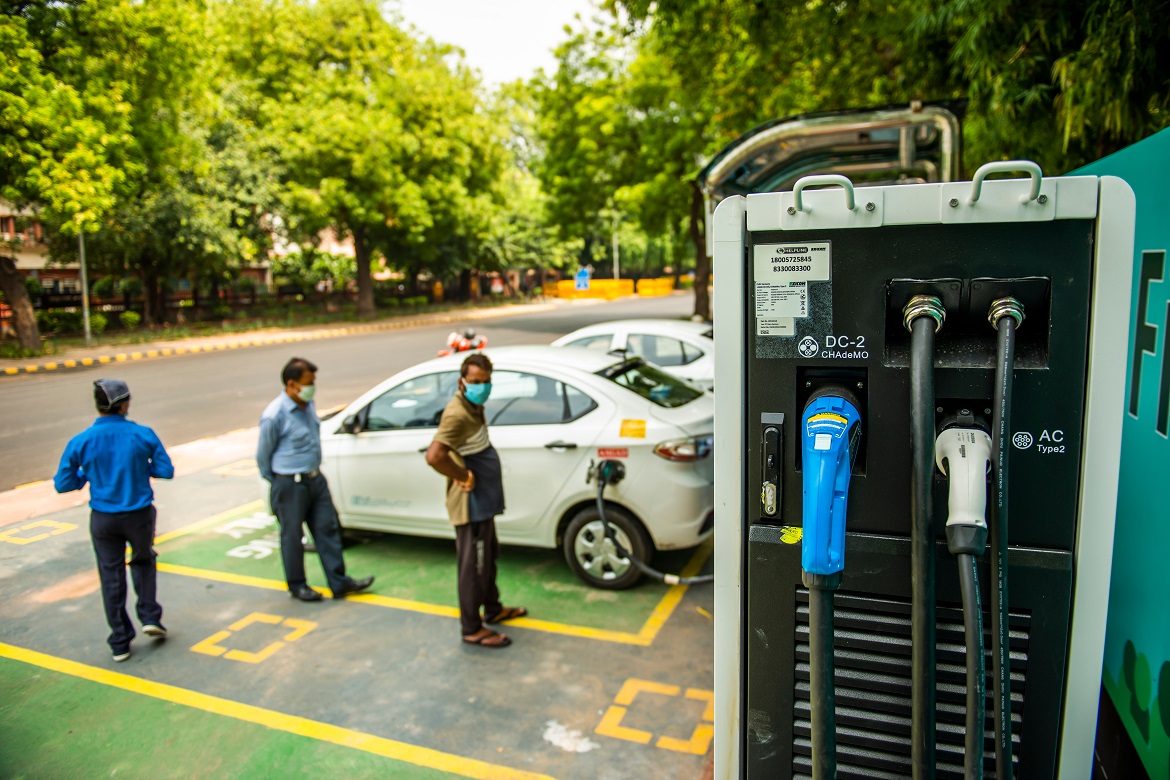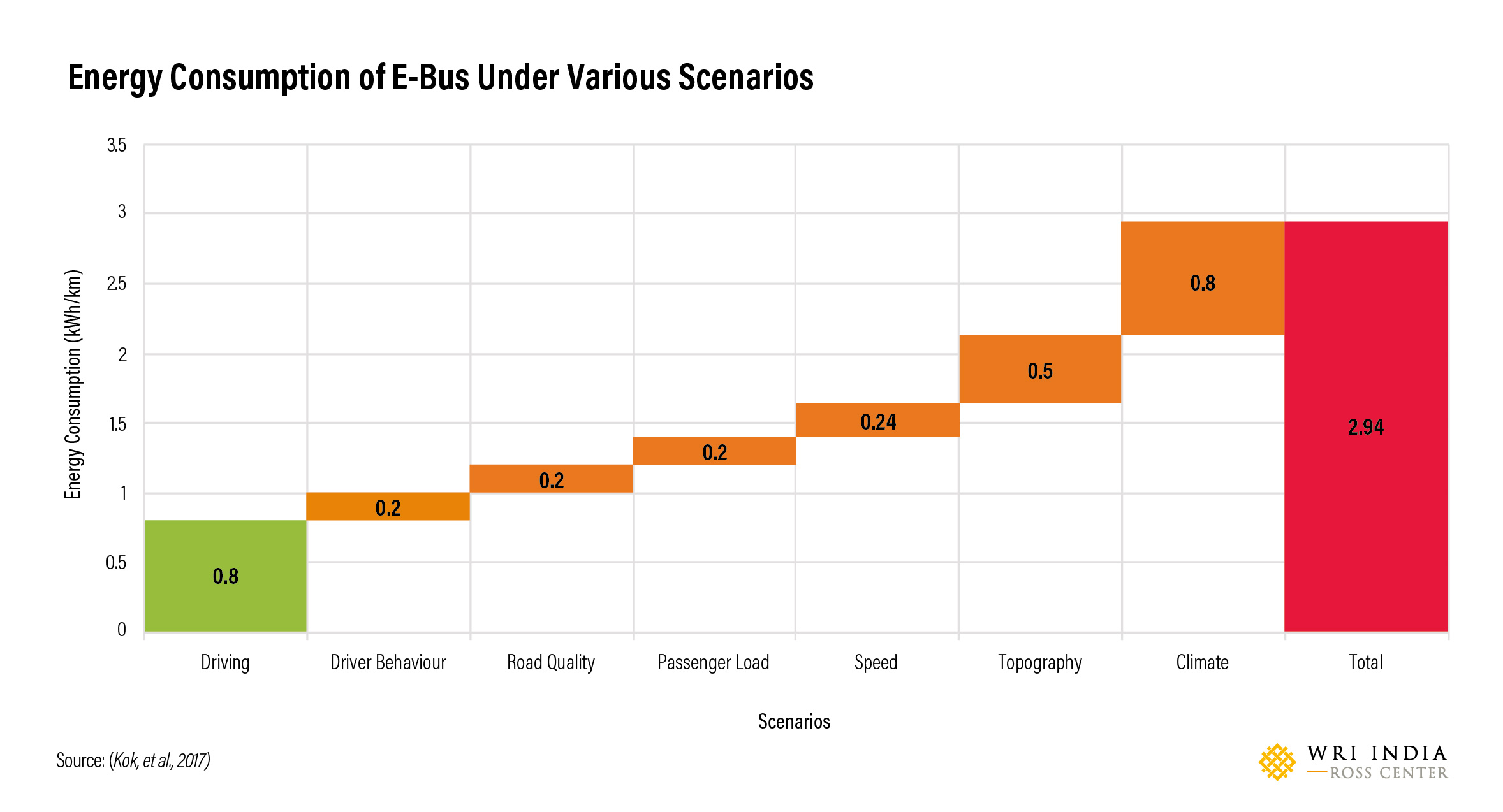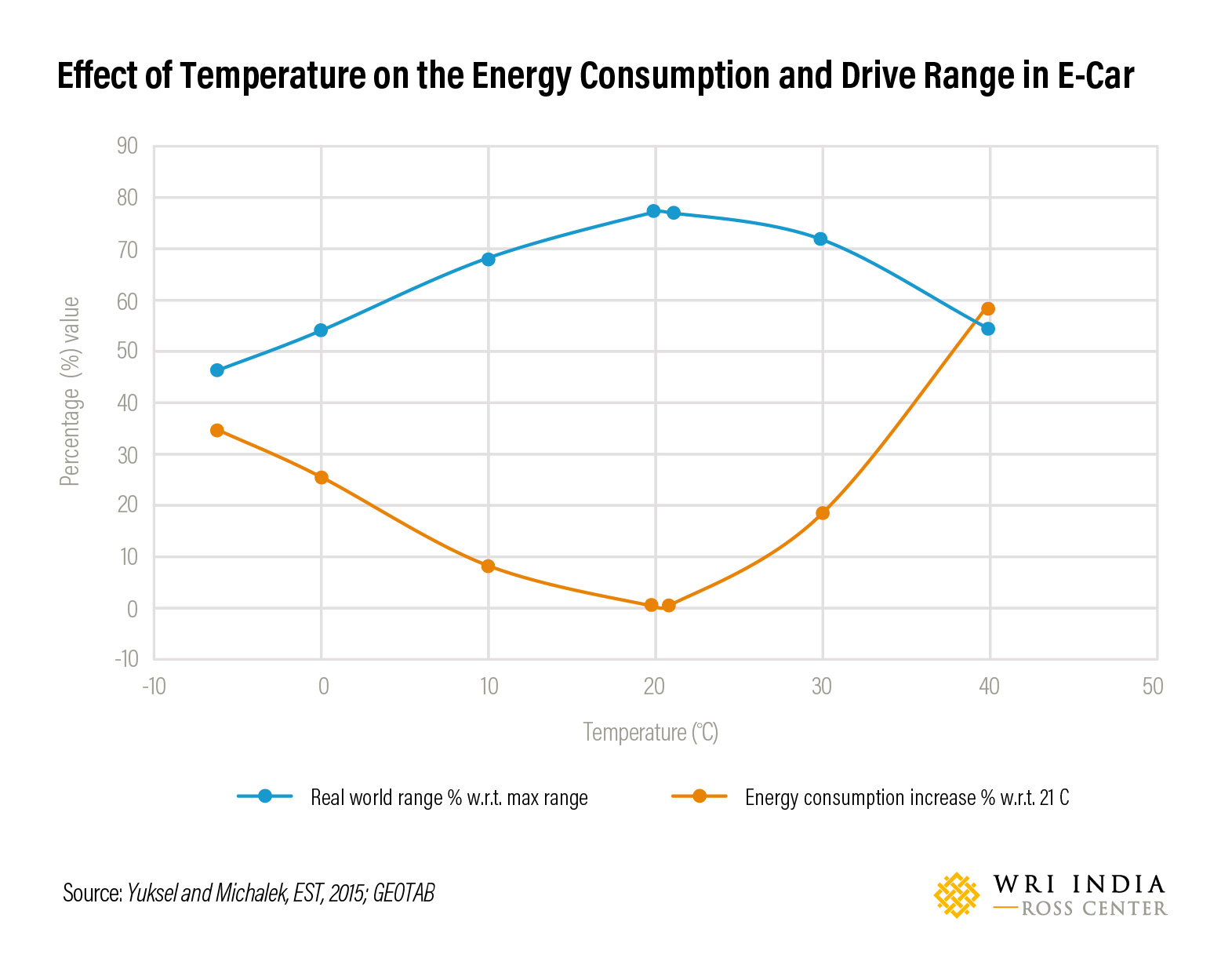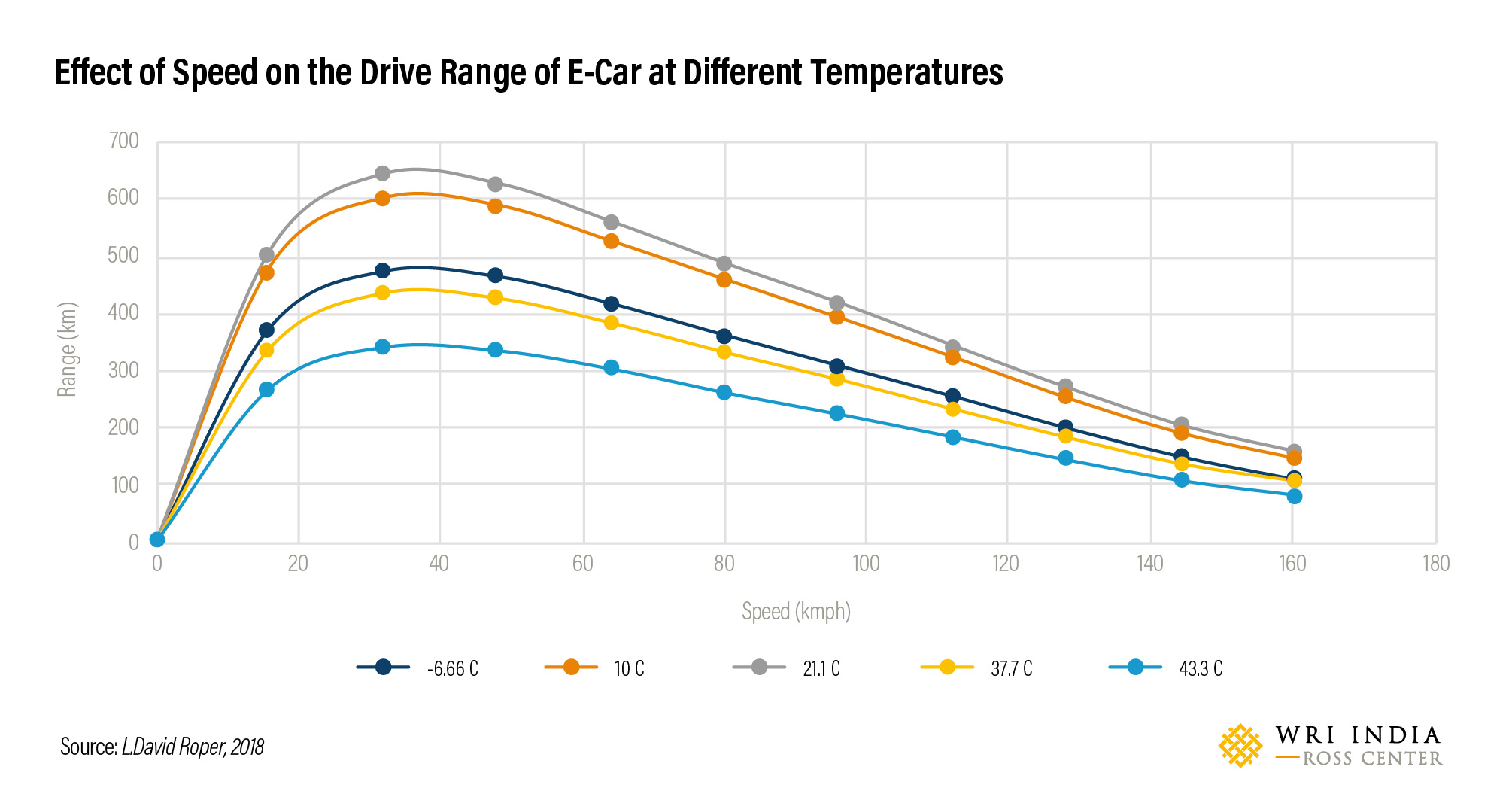Decoding Electric Vehicle Range: Rated versus Actual Mileage

Electric mobility is widely considered to be an effective way to improve air quality and address environmental concerns, which ultimately benefit their primary users. However, the sector’s viability is heavily affected by factors like incentives on discarding used vehicles, favorable government policies, purchase incentives, safety and performance of the vehicles. Consumers are further interested to know how much they would be saving on fuel expenses if they switch to Electric Vehicles (EVs). Some incidents where EVs were not able to deliver the range claimed by their manufacturers have raised questions. For example, in February 2019, two e-buses in Kerala failed to complete their maiden run, while in March 2021, the Delhi government suspended its subsidy on an EV model which fell short of delivering its promised range. Such incidents undermine what EVs have to offer, and may weaken consumer confidence. This blog attempts to provide insights on underlying reasons for the gap in actual and promised EV range and its variability with operational conditions.
Operational Conditions & Drive Range
It has been agreed upon, that range or mileage depends on various factors, including how someone drives a vehicle. Even for ICE (Internal Combustion Engine) vehicles, the figures advertised by manufacturers and certified by competent agencies tend to be quite ideal, since the real-world conditions are extremely different from ideal test conditions. Everything matters: the number of people in the vehicle, usage of air-conditioner, road quality, speed, topography, and climatic factors. For example, a car that advertises a mileage of 20 kilometers per litre (kmpl) could deliver under 14 kmpl. However, if consumers drive carefully, they can manage significantly better fuel economy. EVs have a similar story, with an added advantage of regenerative braking, which could deliver a very efficient energy economy in urban conditions. But if a consumer burdens their EVs with advanced features and without considering the above-mentioned factors, the battery could drain faster than usual. For example, in ideal conditions, an e-bus can perform at 0.80kWh/km (see Figure 1), however, in worst-case scenarios, each factor — from driver behavior to climate conditions — the total increase in energy consumption shoots up to 2.94kWh/km, an almost 270% jump in energy consumption.

In a recent case, a consumer shared his observation after a nearly 1,500 km round trip from Jaipur to Longewala in Rajashtan in an e-car. Emphasizing the impact of speed on the range offered per charge, he shared his experience where for a rated range of over 300 km per charge at a speed of 40 kmph, the range dropped to 200-220 km at a speed of 80 kmph. This range further dropped to 160 km per charge at a driving speed of 90-100 kmph. To extend the driving range of the e-car by another 2.5 km or so, he made use of regenerative charging through towing, where he was able to recover 1.1% charge per km.
EVs Drive Range: Effect of Driving Speed
Energy consumption rate is an important parameter defining the performance and operational behavior of an EV. The rate at which energy is consumed defines the distance it would be able to cover in a single charge. Since the range of an EV is inversely proportional to its energy consumption rate, it finds its worst values near very high or low-temperature regions, where consumption is high. As per research reports, the optimum energy consumption for EVs can be achieved near 21 degrees Celsius (see Figure 2), the temperature around which EVs can offer maximum range. At extreme temperatures, the energy consumption increases significantly (i.e. by 32% at -5 degrees Celsius and by 56% at 40 degrees Celsius), which in turn decreases the EV range.

Like the ICE vehicles, the energy consumption in EVs increases with increase in speed. As per research reports, the optimum drive range in an e-car can be achieved at a temperature of 21 degrees Celsius within a speed range of 30-40 kmph (see Figure 3). At other temperatures, the desired range remains unattainable. As the driving speed increases, the driving range of EVs decreases significantly.

Summary & Key Recommendations
India is a high price sensitive market, where consumer decisions are rather complex. These decisions are usually based on cost-saving, safety, and efficiency of vehicles. To eliminate uncertainty in consumer confidence revolving around EV performance, it becomes imperative to address the gap between actual and promised mileage. A meticulous understanding of EV technology and highly sensitive parameters on part of the consumers, constant technological innovations by manufacturers, and effective incentive schemes by the government can collectively help boost the popularity of EVs. Following are some recommendations to overcome rated versus actual range issue:
- Manufacturers must estimate the driving range under real-world conditions, and provide this information to EV customers.
- For a behavioral change to improve energy efficiency, consumer awareness about the impact of driving styles, road infrastructure, and traffic conditions on energy consumption is required.
- To extend EV range via energy recovery, use of regenerative braking and charging functions in EVs must be encouraged.
- To address the range anxiety, the development of an efficient network of charging infrastructure must be prioritized.
Arya Bhat and Vivek Tripathi are interns with the EV team at WRI India.
Views expressed are the authors’ own.
